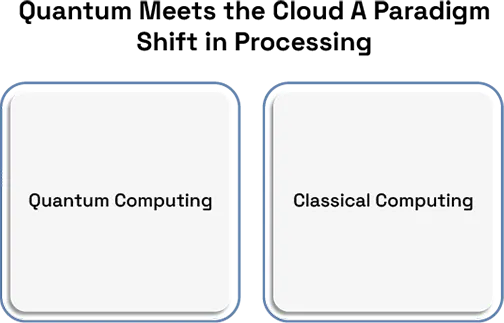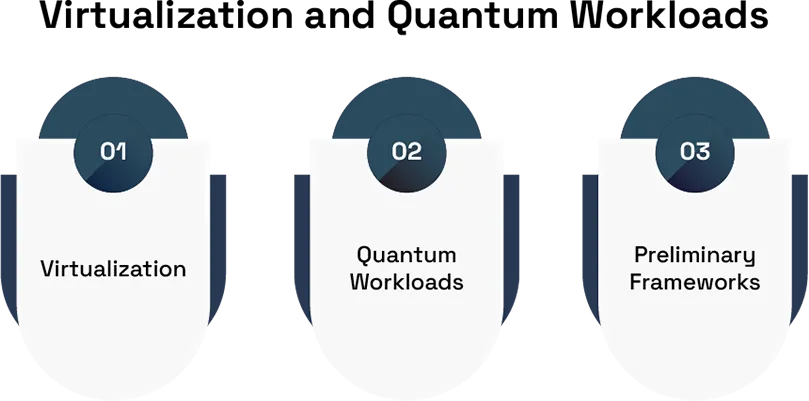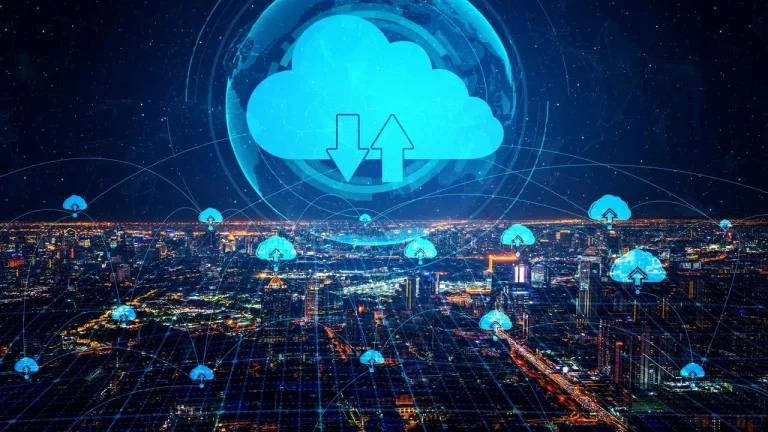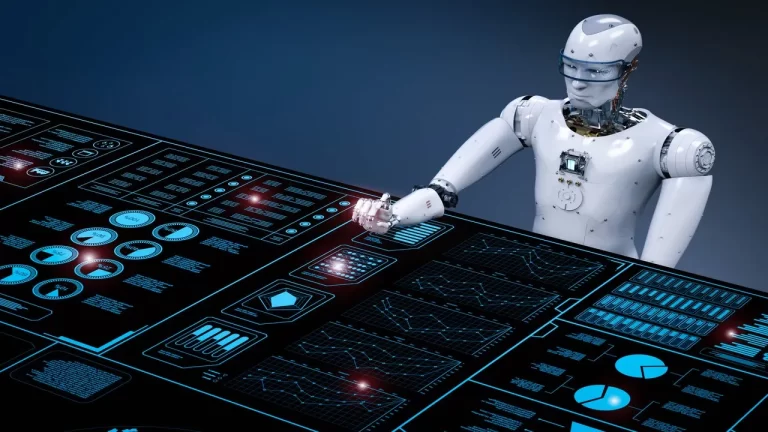The advancement of the digital revolution is a topical issue, and quantum computing propels forward its promotion Unlike classical computing based on bits, quantum computing opens the door to a new reality based on the principles of quantum mechanics, employing qubits to carry out operations that other logical systems would take years, if not decades, to complete.
Quantum Meets the Cloud: A Paradigm Shift in Processing
In today’s world, the majority of processing power comes from traditional CPUs and GPUs spread across cloud computing data center infrastructures. These facilities handle a vast range of workloads from business analytics to AI modeling & depending heavily on virtualized data centers in cloud computing concepts and strategies.
Quantum computing, however, introduces an entirely new way of processing. So it’s not a replacement for classical computers but an addition to them, and it is best suited for problems that are beyond the abilities of classical computers, such as molecular simulations, cryptographic analyses, optimization tasks, and more.
In order to achieve this, cloud-based data centers are already transitioning to hybrid structures that consist of both Quantum processing units (QPUs) and classical systems. Companies like IBM, Google, and Amazon are already giving quantum computing access through the public cloud data centers marking the first step in mainstream adoption.

Rethinking Data Center Design for Quantum Integration
With quantum capabilities becoming available over the cloud, data center architecture in cloud computing must transform. The quantum-classical hybrid model demands ultra-low temperatures, electromagnetic shielding, and specialized hardware for coherence and error correction very different from what traditional cloud computing centers are built for.
This introduces new challenges in energy consumption, cooling technologies, and physical space management. Forward-looking architects are already working on modular designs that can host both quantum systems and classical racks in a shared ecosystem. These hybrid environments are likely to define the next decade of data center industry trends.
Moreover, as quantum workloads increase, understanding cloud-based data center networks becomes critical. These connections need to support ultra-low latency communication between classical and quantum resources to facilitate real-time processing.
Virtualization and Quantum Workloads
One of the trademarks of modern cloud infrastructure is the virtualization of the data center in cloud computing. It allows for scalable, flexible, and resource-efficient operations. With the rise of quantum computing, a new layer of abstraction is emerging: quantum virtualization.
While we’re still far from full-scale quantum virtualization, preliminary frameworks are being tested. These aim to allow multiple users to access quantum resources without interference, much like how multiple virtual machines can run on a single server today.
This could lead to the increase of the virtual data center in cloud computing specifically designed for quantum tasks, smoothly integrating with existing platforms to deliver hybrid computational services.

Challenges on the Horizon
Incorporating quantum computing into the large data framework is not an easy process. It is a relatively new field, and creating a stable, error-free quantum system is a difficult process.
Compatibility is another key issue. Most current software stacks and data center virtualization in cloud computing tools aren’t designed to interface with quantum hardware. New middleware, APIs, and orchestration platforms will be needed to enable smooth operations across hybrid environments.
Security is also a concern. Quantum algorithms have the potential to break current cryptographic standards. Hence, cloud service providers must look into quantum-resistant encryption models to secure virtualized data centers in cloud computing environments.
Conclusion: The Quantum Tipping Point
We are standing at the edge of a computing renaissance. As quantum systems mature and integrate with existing cloud computing data center infrastructure, the way we think about data processing, storage, and security will fundamentally shift.
It won’t happen overnight. But just as virtualization and cloud computing reshaped enterprise IT over the past two decades, quantum computing is set to redefine the very fabric of data centers in cloud computing and beyond.








